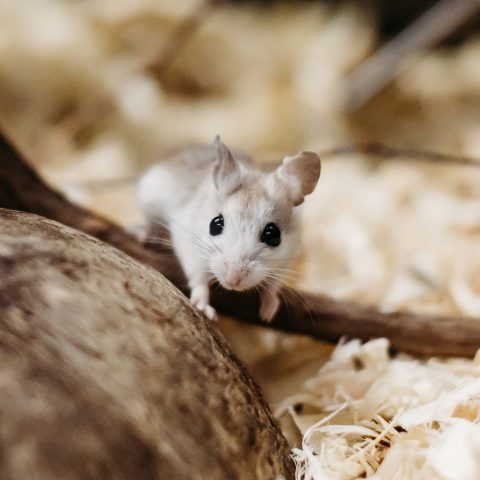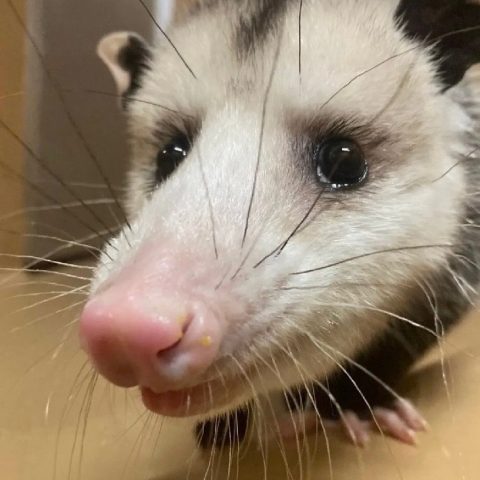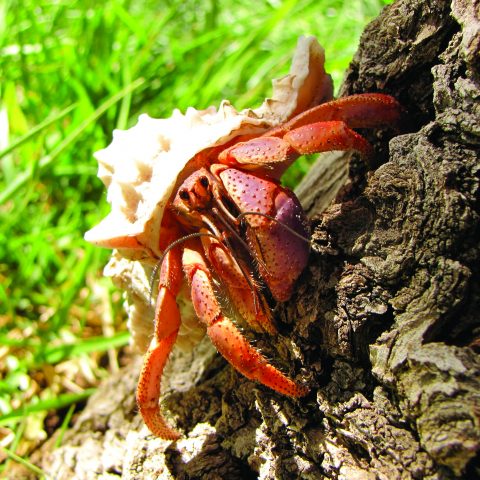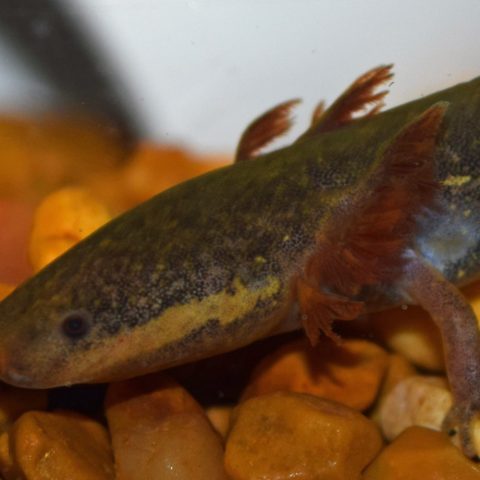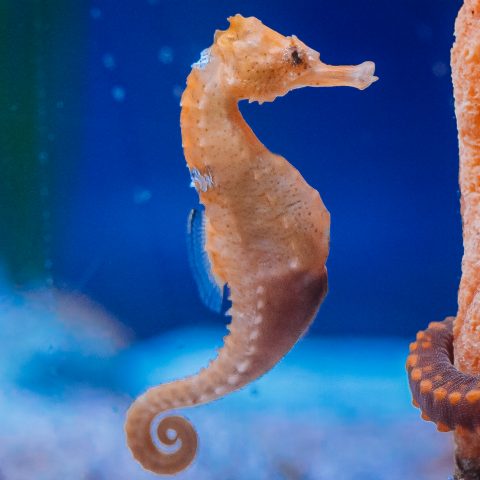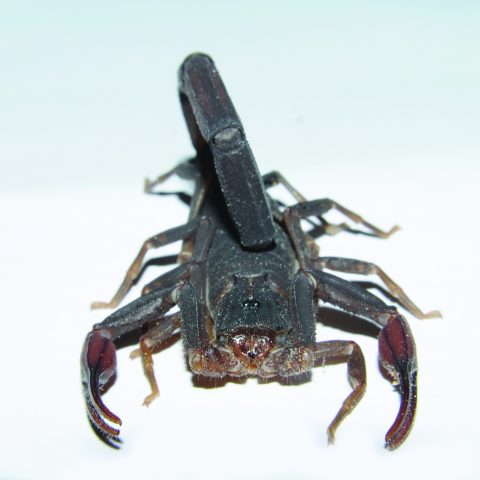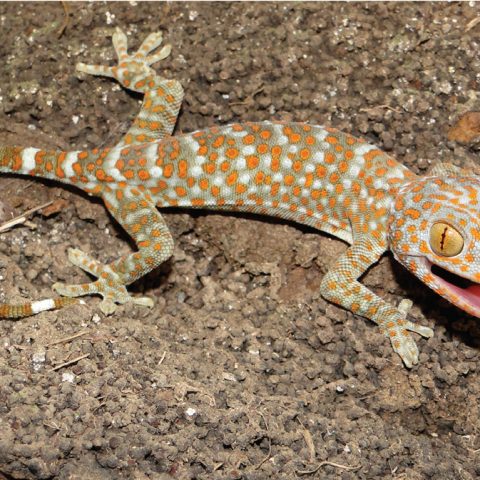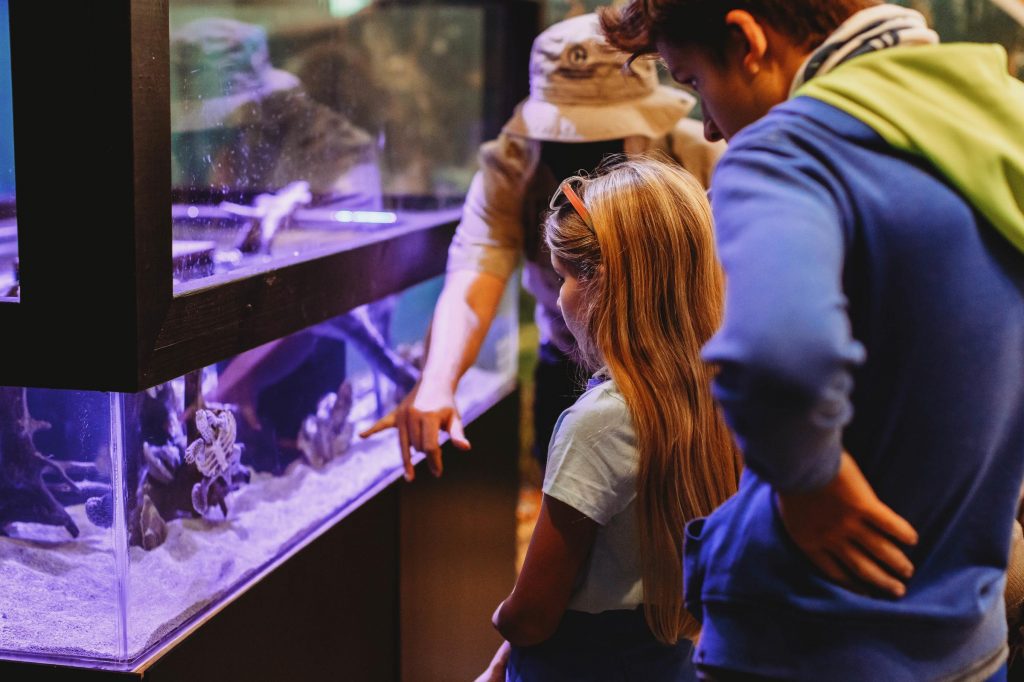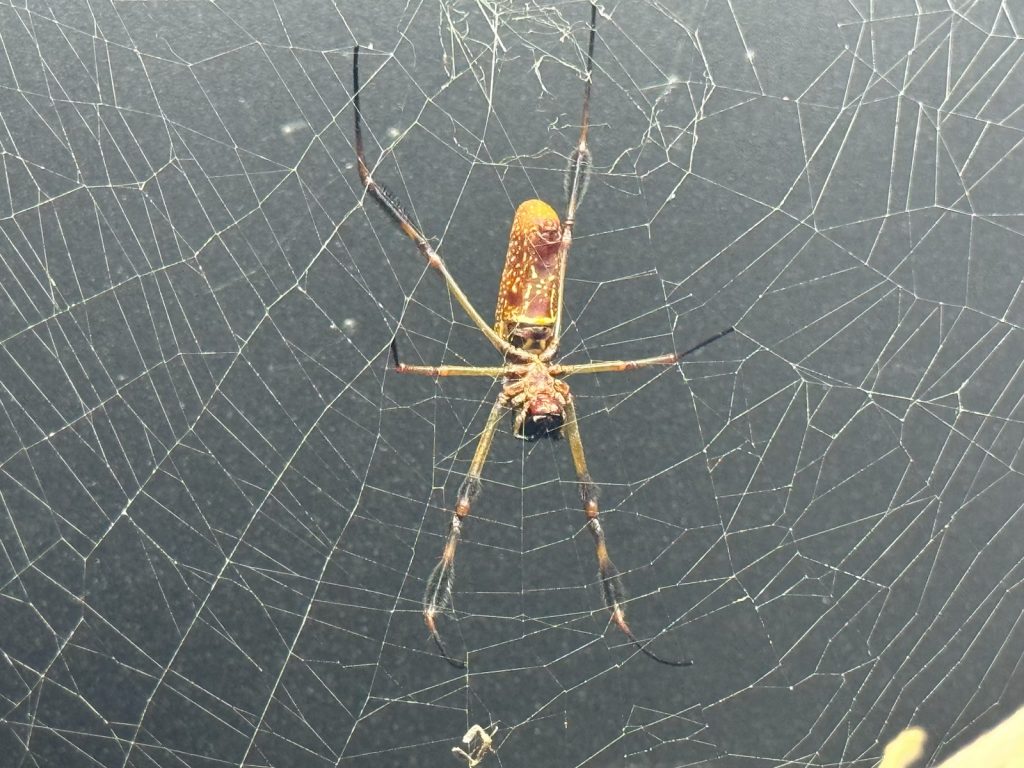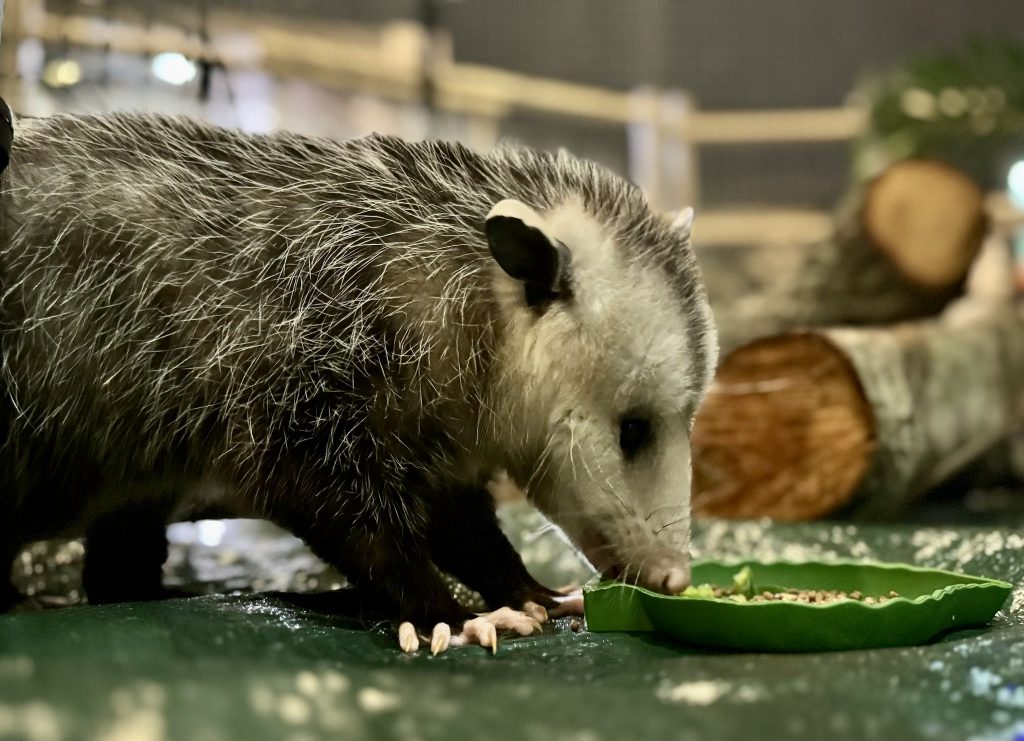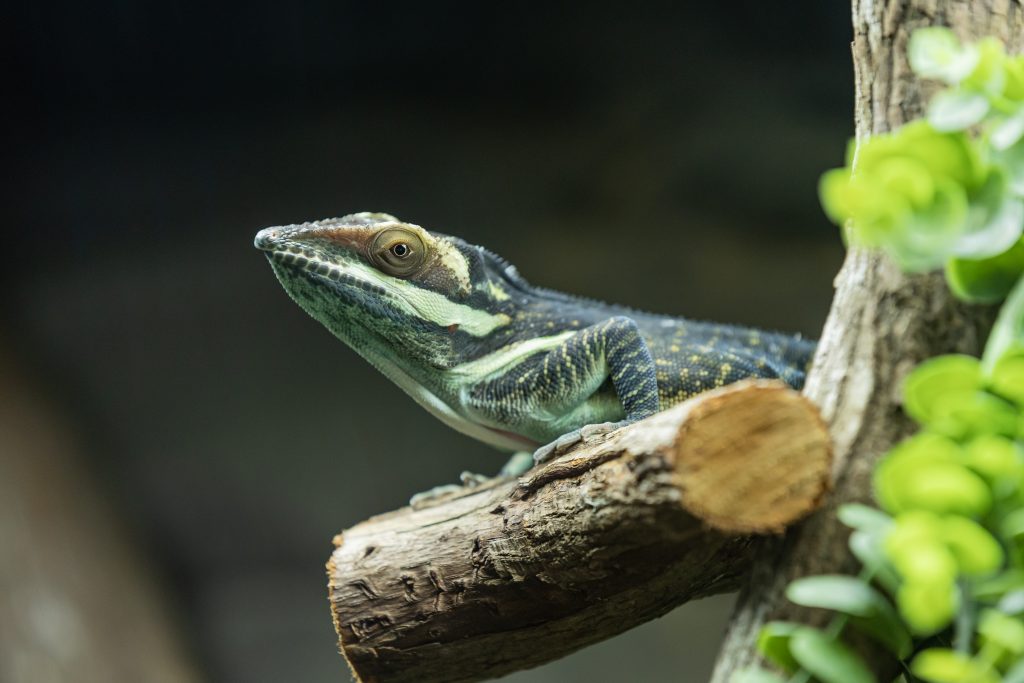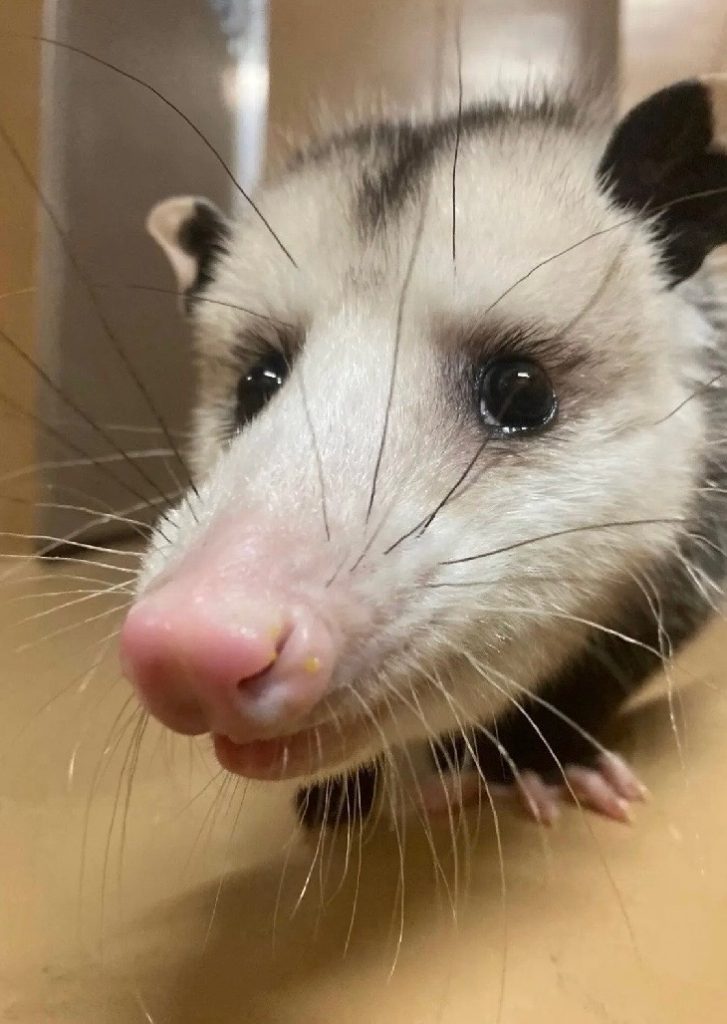Immerse yourself in the world of Florida’s animals at CMA’s new exhibit! From a curious opossum to slithering snakes, you’ll get the chance to see a variety of fascinating animals up close. A range of species will be showcased, including amphibians, arthropods, reptiles, fish and small mammals, all to help educate visitors about both native and invasive species in Florida.
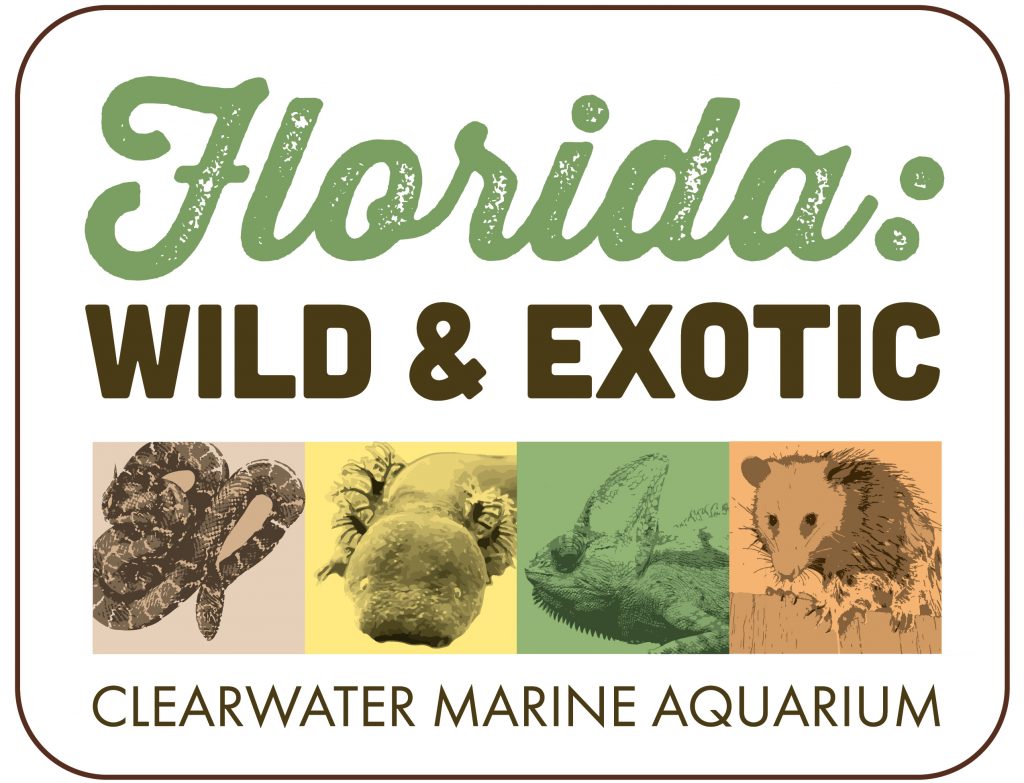
Exhibit Details
- Species in this Area
- Florida kingsnake, Perdido Key beach mice, Virginia opossum, bark scorpion, lesser siren, cane toad, golden silk spider, Colombian red-tailed boa, Smallwood’s anole, hermit crabs, sargassum fish, Tokay gecko, veiled chameleon
- Location
- Atlantis Theater – Level 1 Original CMA
Explore the Exhibit
Florida Native Species
Florida Kingsnake
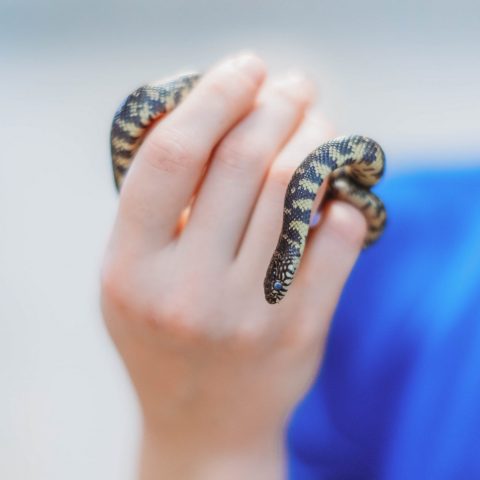
- AVERAGE SIZE
- 36-48 In
- HABITAT
- Florida’s Prairies, Marshes, Scrubs, and Estuaries
- DIET
- Other non-venomous and venomous snakes, mice, birds, amphibians, eggs and insects
- LIFESPAN
- 5-20+ years
- RANGE
- Florida peninsula
Conservation Efforts:
Florida kingsnakes are threatened by habitat loss due to deforestation and urbanization, predation, vehicle strikes, and pet trade harvest.
How You Can Help:
By doing things such as educating ourselves and others, making ethical decisions surrounding wildlife, and using our voices to support vulnerable species, we can ensure animals like the Florida kingsnake are preserved!
Invasive Species
Smallwood Anole
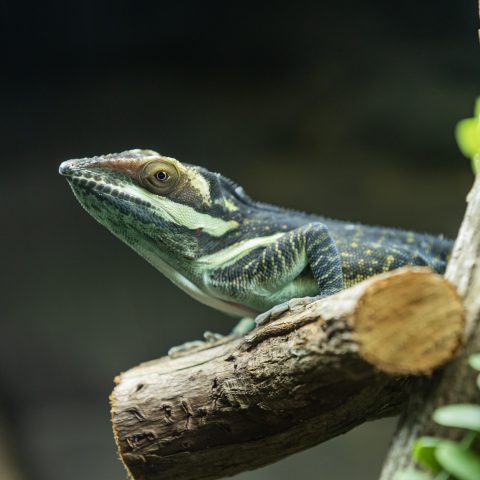
- HABITAT
- Semi-deciduous, evergreen, gallery forests, rainforest, mangroves, and coffee plantations.
- GEOGRAPHICAL DISTRIBUTION
- Native to Cuba
- PREY
- Insects, grubs, and tree frogs
- PREDATORS
- Snakes and birds
